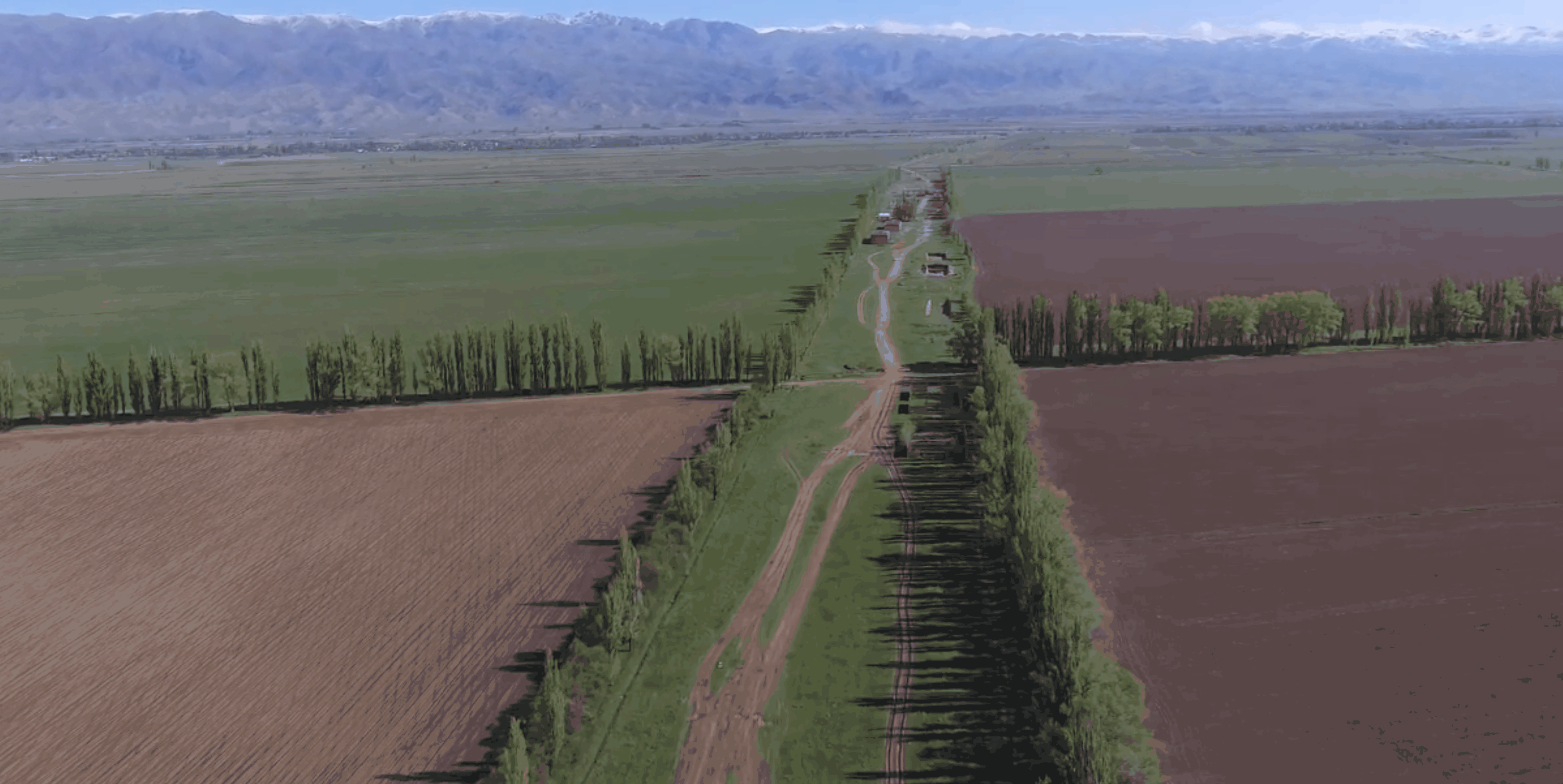MEDIA RELEASE| Growing trees on farms in post-soviet Kyrgyzstan faces significant obstacles but there are ways to overcome them: first study’s results
- From
-
Published on
20.02.20
- Impact Area

Nairobi, Kenya. 20 February 2020 – Small plot-sizes, as well as lack of information and external support, are the main obstacles to the adoption of the agroforestry practice of tree shelterbelts in Kyrgyzstan.
This is the main finding from the first study that looked at Kyrgyz farmers’ attitudes toward tree shelterbelts and at ways to encourage uptake. The study, Farmer’s perceptions of tree shelterbelts on agricultural land in rural Kyrgyzstan, co-authored by scientists from World Agroforestry (ICRAF) and Eberswalde University for Sustainable Development, was published in the journal Sustainability this February.
‘The results of this study are relevant because adopting an ecosystem approach to agroecological systems is ever more widely recognized,’ said Niels Thevs, scientist at World Agroforestry who co-authored the study. ‘We do not only provide new insights into the challenges to re-introducing shelterbelts into Kyrgyz agriculture; we also show clearly that farmers’ concerns have to be taken seriously when we want to develop strategies to promote environmentally friendly behaviour.’
Tree shelterbelts, that is, the planting of trees along the boundaries of agricultural cropland, were a commonly practised form of agroforestry in the Soviet Union. The large plot sizes of the ‘kolkhoz’ or collective labour system made farmland vulnerable to erosion from wind and shelterbelts helped protect the soil.
Related news
-

UN World Soil Day 2025: Healthy Soils for Healthy Cities
International Crops Research Institute for the Semi-Arid Tropics (ICRISAT)05.12.25-
Environmental health
-
Environmental health & biodiversity
Opinion piece by Dr Himanshu Pathak Director General, International Crops Research Institute for the…
Read more -
-

From Dirt to Decision-Making: Governance and Soil Health Must Go Hand in Hand
Multifunctional Landscapes Science Program26.11.25-
Biodiversity
-
Environmental health
-
Environmental health & biodiversity
In October, the world convened in Des Moines for the 2025 Borlaug Dialogue under the…
Read more -
-

ICRISAT’s Solar-Powered Water Hyacinth Harvester Recognized Among India’s Top 100 Innovations of 2025
International Crops Research Institute for the Semi-Arid Tropics (ICRISAT)18.11.25-
Environmental health
-
Poverty reduction, livelihoods & jobs
ICRISAT's Novel Solar-Powered Water Hyacinth Harvester has now earned a place in the prestigious To…
Read more -
